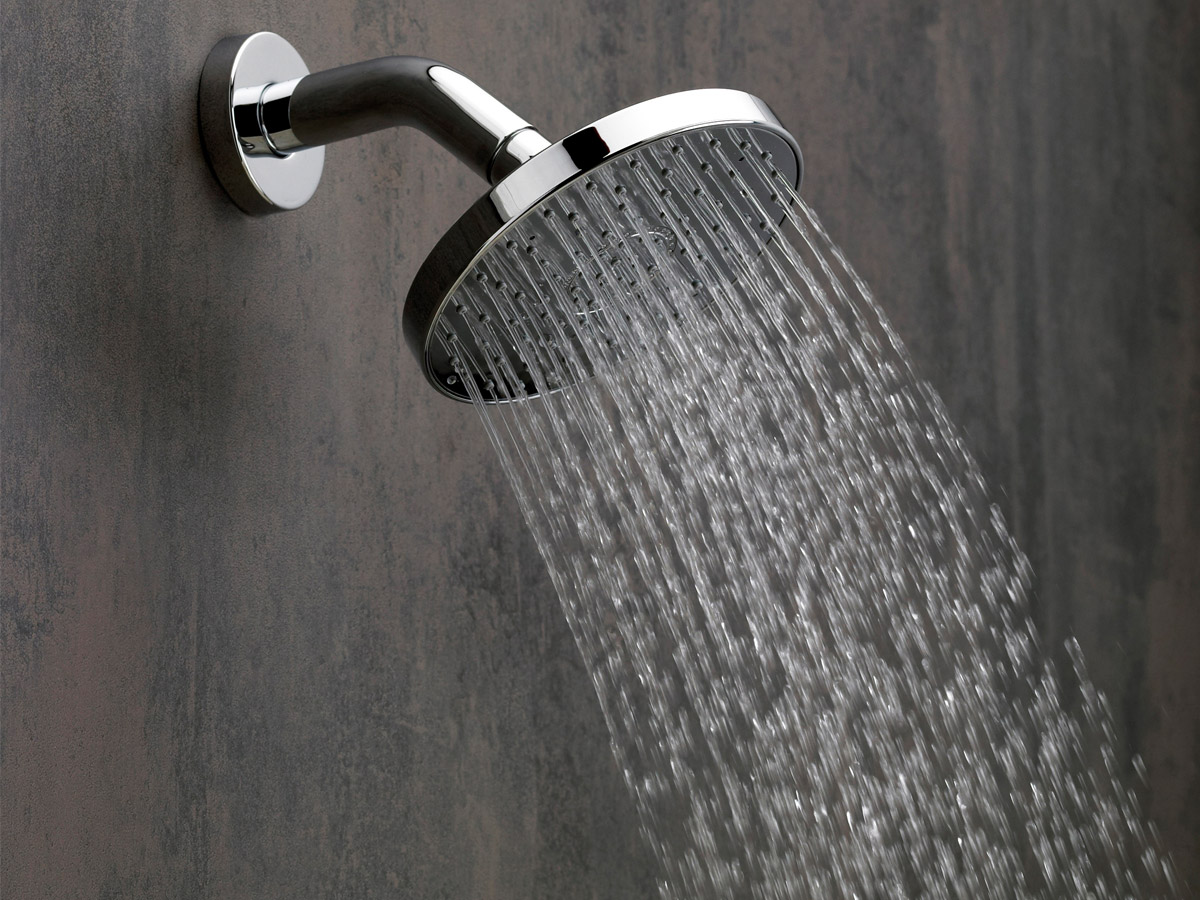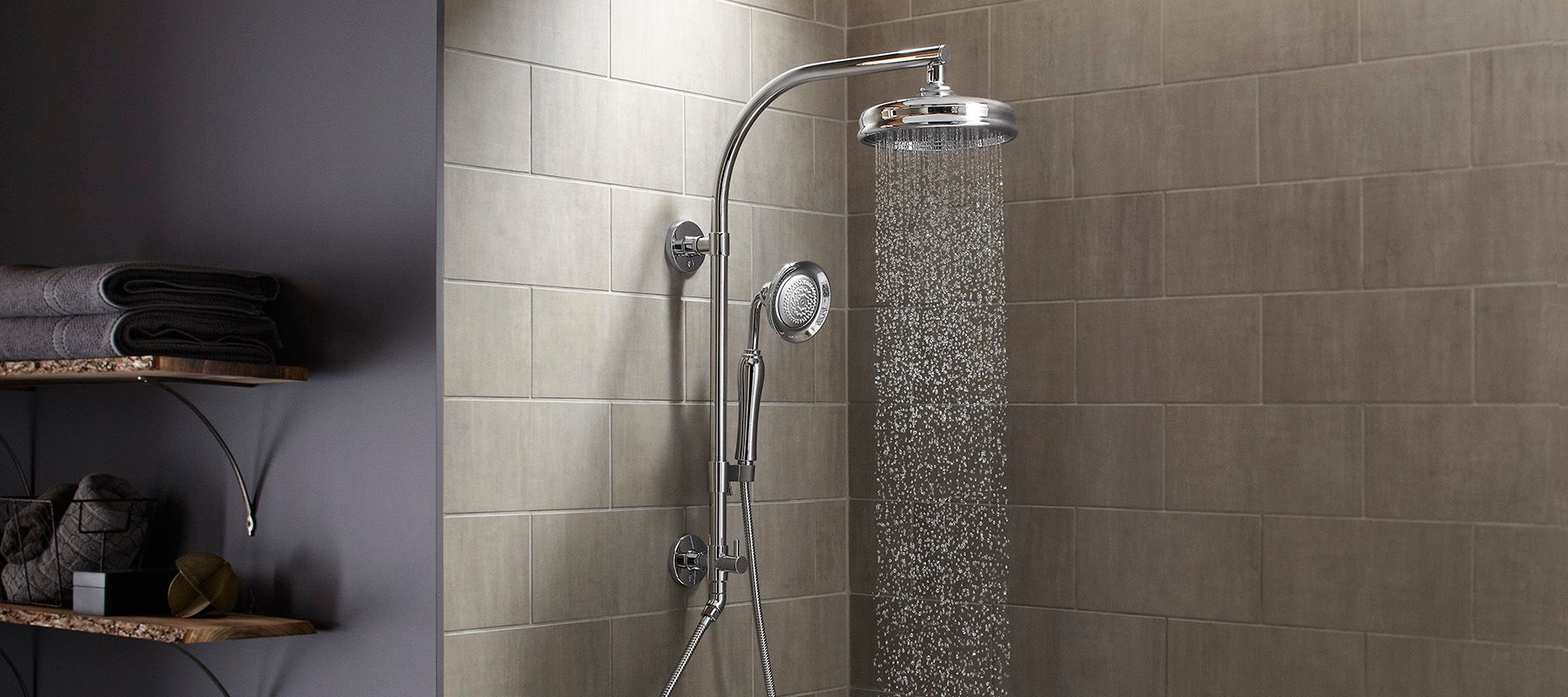Health News – We love a restorative shower for its day-starting, head-clearing, muscle-relaxing power. But that long, hot shower that starts your day might not be doing your skin any favors.
 Too much hot water can actually be bad for our bodies, according to experts in hair and skin care. We asked several dermatologists to weigh in on the definitive way to take a shower.
Too much hot water can actually be bad for our bodies, according to experts in hair and skin care. We asked several dermatologists to weigh in on the definitive way to take a shower.
1. Don’t Shower Too Often
How often you should shower depends on your activity level — our experts say there’s no hard-and-fast rule. But if you’re not active, you can cut back to a few times a week. Just don’t cut back so much that you smell, or risk letting skin infections take hold.
If you’re working out and taking a shower in the morning and another after the gym, you should be conscious not to take too long. “On occasion, there may be a reason to shower twice a day,” says Dr. Jessica Krant, a board-certified dermatologist with the American Academy of Dermatology, “but those should be extremely short showers.”
Which leads us to…
2. Keep It Short
Water exposure can lead to dry skin and hair. A longer shower also “gives the water a chance to allow any cleansers to be more damaging,” Krant adds.
Krant and Dr. Lauren Ploch, a board-certified dermatologist with the American Academy of Dermatology, both say the shorter the shower, the better.
“For patients with atopic dermatitis and/or very dry skin, I recommend keeping showers to five minutes or less,” Ploch says. “Keep showers active. Don’t stand under water for minutes at a time.”
3. Stay Cool
Hot water strips away natural oils and damages the skin faster, so stick to a lukewarm — or cooler — shower.
“Some people advocate extremely cold water for invigorating the circulation,” Krant says. “Other than avoiding extremely hot temperatures, I say use whatever temperature feels best.”
4. Don’t Wash Your Hair Too Much
Hair is made of dead skin cells — it just doesn’t need as much washing as the rest of our skin.
How often you wash will depend on your hair type. Washing too often can be drying, especially a problem for anyone with gray hair or colored hair, which tend to be drier.
5. But Don’t Wash Too Little, Either
Washing hair less often has become such a trend that dermatologists say some people are overdoing it, causing a scalp buildup of dandruff.
“People often neglect scalp washing so that they don’t dry out the hair. This can lead to a buildup of scalp oils that lead to flaking and redness,” Ploch says.
Be sure to wash your scalp at least weekly.
6. Focus on the Dirtiest Areas
Your arms and legs don’t always need soap. For a quick shower, focus on your underarms, groin and feet.
7. Cleanse With Care
Some experts say traditional soap can strip the oil from your skin. Dr. Doris Day, a board-certified dermatologist in New York, suggests products labeled as “cleanser,” such as a moisturizing body wash.
“Cleansers can add the moisture back into your skin,” she says.
If you haven’t had trouble with dry or irritated skin, though, traditional soap is fine. “I say to each her own,” Krant says.
8. Start at the Top
Showering top-to-bottom lets the soap work its way down. If you are acne-prone, Ploch suggests washing your face, chest and back after conditioning the hair.
“For people with sensitive skin and/or acne prone skin. I recommend shampooing, conditioning, let the conditioner sit while shaving, rinse the conditioner, then cleanse the skin,” she says.
9. If You’re Shaving, Do It Last
You want to soften the hair before shaving, but not too much.
“Shaving should happen at the end of a short shower so the hairs are damp but not too swollen from too much heat and steam, which causes hair swelling that later leads to ingrowns when the shaved hairs dry and shrink below the skin surface,” Krant says.
10. Pat Yourself Dry
Pat your skin with a towel instead of rubbing vigorously. Rubbing can cause irritation and leave you itchy. Patting also leaves some water on the skin, which should be sealed in with moisturizer after each shower.
But do be sure to dry certain areas. “Especially remember areas of skin folds, between toes, in the groin area, and under arms, to reduce future rash and infection risk,” Krant says.
11. Moisturize
Apply moisturizer right away, within two to three minutes of showering, Dr. Day says. Doing it quickly helps create a barrier to prevent “transepidermal water loss” and keep the skin plump.
All three doctors recommend moisturizing twice a day, whether you shower or not, during the winter and if you have dry skin.
Krant suggests fragrance-free products. For people with dry skin, try a cream moisturizer instead of lotion. “For dry skin, I prefer ceramide-containing moisturizers or alpha-hydroxy acid moisturizers,” Ploch says.
by EMILY SLAWEK, NBCNews.com

